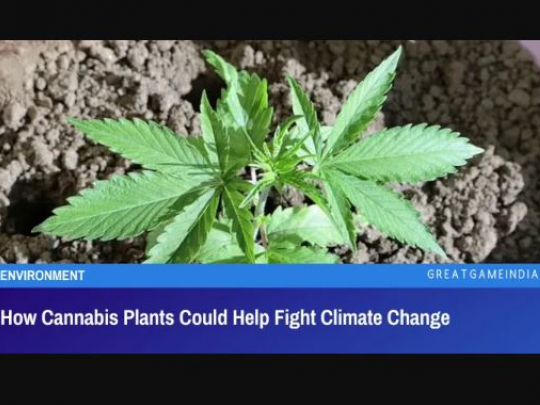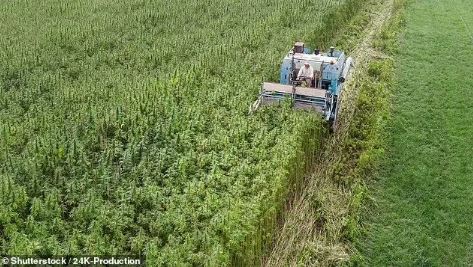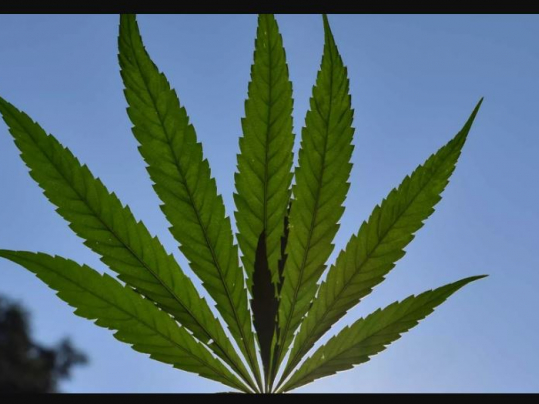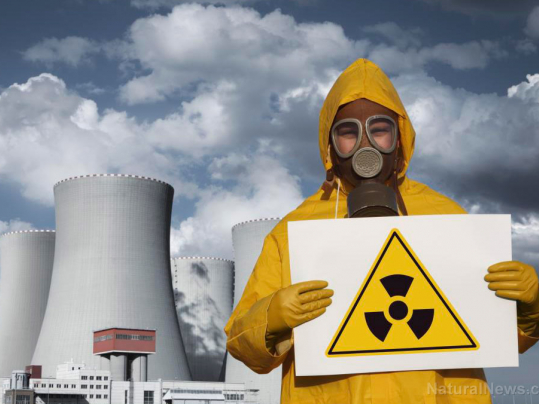How Cannabis Plants Could Help Fight Climate Change

Cannabis plants remove greenhouse gases from the air while also absorbing lead, mercury, and cadmium from the soil. This is how Cannabis plants could help fight climate change.
Cannabis plants may be the missing piece in the human race’s battle against climate change because they are more than twice as effective at absorbing carbon dioxide from the atmosphere as trees are.
Hemp may absorb up to 16 tons of greenhouse gases annually, compared to trees’ six tons, according to numerous studies.
Additionally, the carbon dioxide is permanently encapsulated within hemp fibers, which are utilized to make a variety of goods, including textiles, medications, and automobile components.
One acre of cannabis plants can retain up to three tons of carbon, eliminating more than seven tons from the environment, according to study by Hudson Carbon, a New York-based organization that investigates carbon storage.
Despite having only 5% of the world’s population, the United States is the country that produces 28% of all carbon emissions.
According to Ben Dobson, the founder and CEO of Hudson Carbon in Hudson, “roughly speaking, if [the US] did 50 million acres of hemp, we would be sequestering a couple hundred million tons of carbon per year on that acreage.”
A form of the Cannabis sativa plant, hemp, or industrial hemp, has lower concentrations of the psychoactive substance tetrahydrocannabinol (THC) than marijuana, a different variety.
According to Pebble Mag, the plant is known as “nature’s purifying,” drawing pollutants from the air and permanently encasing them within its fibers.
It is a carbon-negative crop since it also draws in carbon from the air as it matures.
For every pound of other crops, like cotton, at least 1,500 gallons of water are required.
According to Rebekah Shaman, Managing Director of the British Hemp Alliance, hemp produces more than 200 percent more fibers on the same amount of land while using less than half the resources.

With approximately 50 million acres of hemp, a couple hundred million tons of carbon per year on that acreage, experts believe
In addition, hemp grows remarkably quickly, maturing in only four months.
The plant has developed into a large supplier of bioplastics, construction, and biofuels.
Previous studies have found that “600 million tons of [construction and demolition] debris were generated in the United States in 2018, which is more than twice the amount of generated municipal solid waste.”
Cannabis plants remove greenhouse gases from the air while also absorbing lead, mercury, and cadmium from the soil, which is acceptable for food crops but harmful for those who consume the plants.
A “meta-analysis” of earlier studies was carried out by researchers in Pennsylvania to look at the capacity of cannabis plants to take up heavy metals.
They claim that some cannabis strains have been developed especially for “phytoremediation,” or the practice of raising plants to purge soils of contaminants.
But doing so runs the risk of heavy metals leaking into cannabis plants, which would then be harvested and smoked by people, possibly leading to cancer and neurological problems.
- Source : GreatGameIndia


















